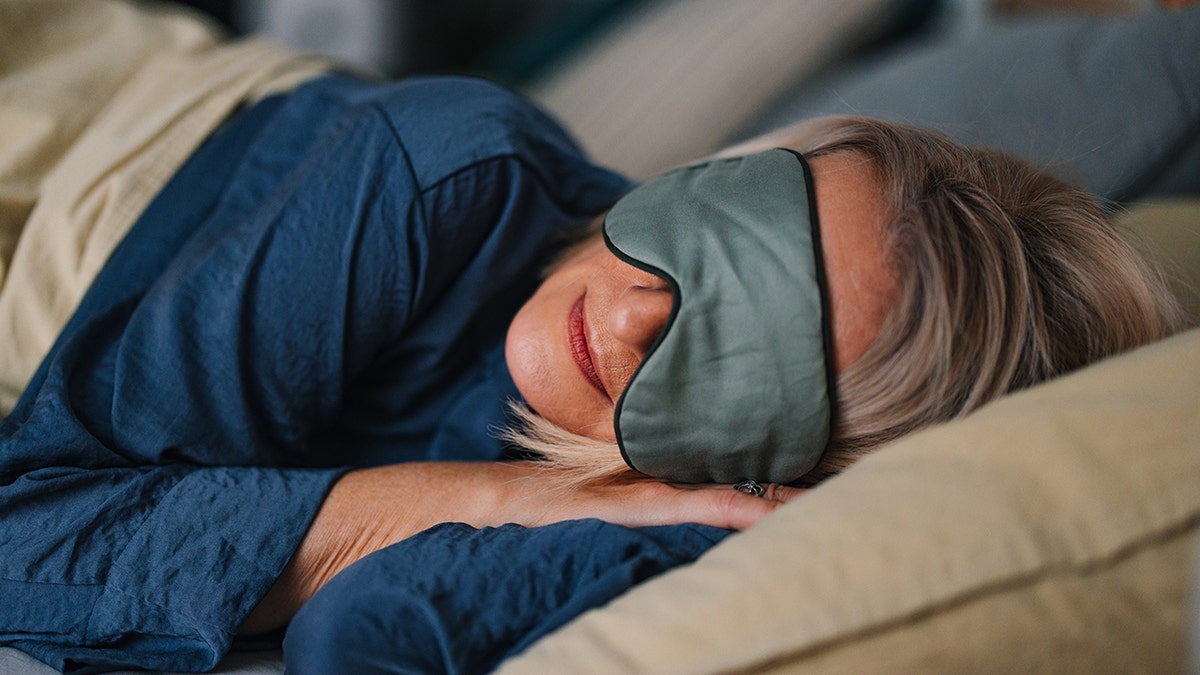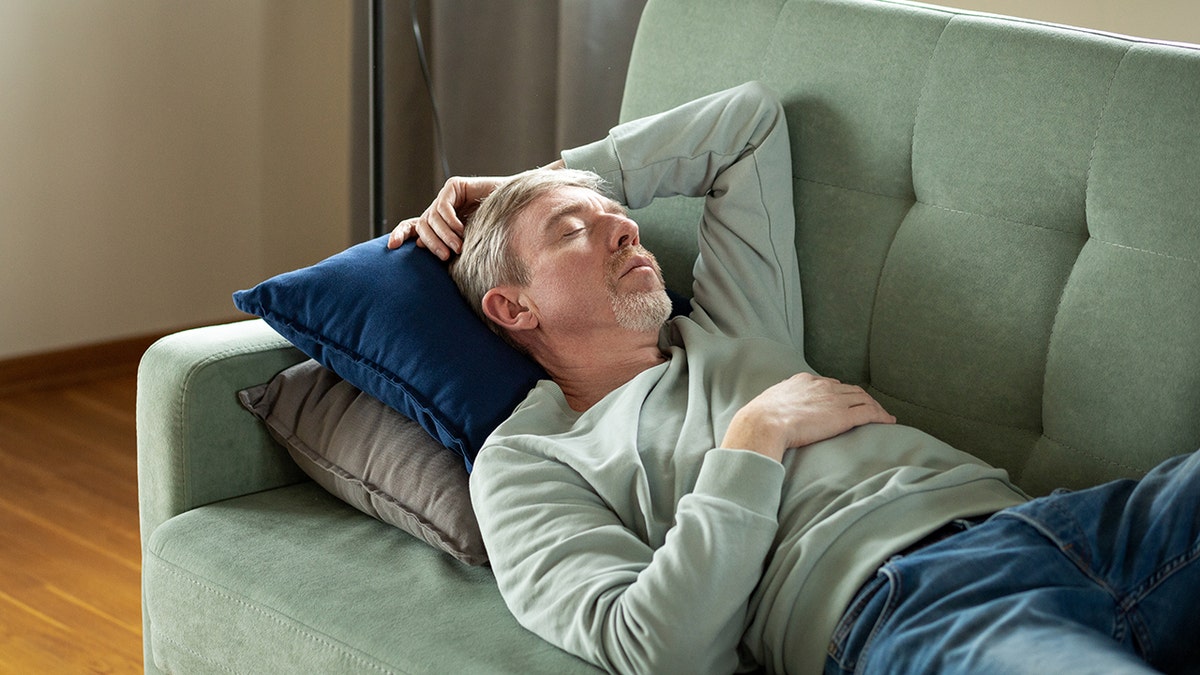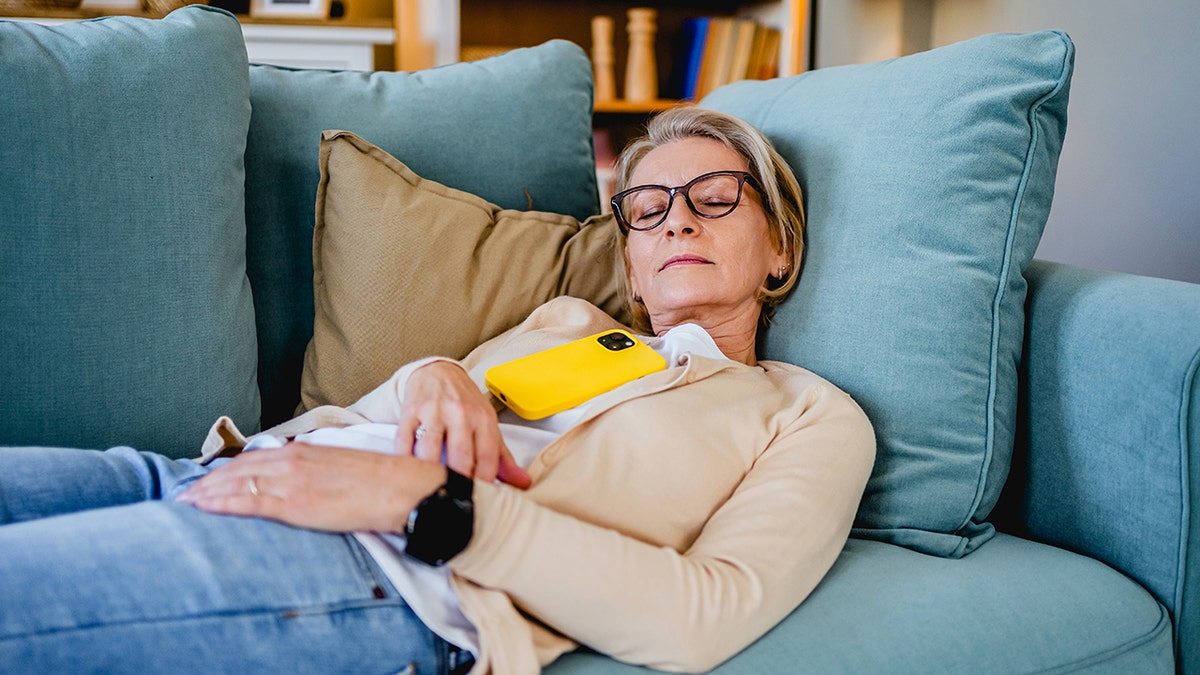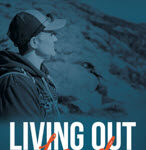NEWYou can now listen to Fox News articles!
A new study linking daytime napping to increased mortality rates in older adults may have some rethinking that midday snooze.
The study, presented last month at SLEEP 2025, the 39th annual meeting of the Associated Professional Sleep Societies in Seattle, Washington, found that frequent, longer and irregular daytime naps — especially in the early afternoon — were linked to a higher risk of death over an eight-year period.
“Our study fills a gap in knowledge,” lead author Chenlu Gao, a postdoctoral research fellow at Massachusetts General Hospital in Boston, told Fox News Digital.
STUDY REVEALS EXERCISING EVERY DAY MAY NOT BE NECESSARY: ‘BETTER THAN NONE’
The research shows “not just whether someone naps, but how long, how variable, and when they nap during the day may be meaningful indicators of future health risk,” he said.
The study included 86,565 participants averaging 63 years of age — all of whom worked regular daytime schedules — who were monitored by actigraphy, which detects movement during sleep but not brain activity.
The study found that frequent, longer and irregular daytime naps were linked to a higher risk of death over an eight-year period. (iStock)
Scientists defined daytime napping as sleeping between 9 a.m. and 7 p.m.
After the initial study, researchers kept tabs on the participants for eight years and discovered that 5,189 (6.0%) of them died during that time period.
MOST AMERICANS HIT THE SNOOZE BUTTON EVERY MORNING — HERE’S WHY IT COULD BE BAD FOR YOUR HEALTH
The research showed that taking longer naps — and napping between 11 a.m. and 1 p.m. or between 1 p.m. and 3 p.m. — was associated with a higher mortality rate.
Results were adjusted for other potential factors influencing mortality, like demographics, weight, smoking, alcohol consumption and nighttime sleep duration, the researchers stated.

The research showed that taking longer naps — and napping between 11 a.m. and 1 p.m. or between 1 p.m. and 3 p.m. — was associated with a higher mortality rate. (iStock)
“Naps are not necessarily problematic unless they are used to compensate for chronically poor sleep at night,” Dr. Chelsie Rohrscheib, a neuroscientist and sleep specialist at Wesper in New York, told Fox News Digital.
“Getting seven to nine hours of good quality sleep is required to maintain health and reduce the risk of developing dangerous medical conditions like heart disease and diabetes,” added Rohrscheib, who was not involved in the study.
“Naps are not necessarily problematic unless they are used to compensate for chronically poor sleep at night.”
Study limitations
The study did not establish proof that naps directly affect the risk of death.
“These are associations,” Gao told Fox News Digital. “We cannot conclude from this study whether napping causes poor health.”
MOST SLEEP-DEPRIVED CITIES IN US REVEALED IN REPORT: WHERE DOES YOURS RANK?
In another potential limitation, because the study relied on detecting movement but not brain activity, “quiet wakefulness” may have been misclassified as sleep.
Additionally, defining daytime napping as sleep between 9 a.m. and 7 p.m. could have mistakenly included participants’ actual sleep, affecting the accuracy of what would count as a nap, the researchers stated.

Researchers noted that excessive napping could be a marker of other health issues such as chronic disease, systemic inflammation or disruptions to circadian rhythms. (iStock)
Excessive napping could also be a marker of other health issues, such as chronic disease, systemic inflammation, or disruptions to circadian rhythms, which may themselves increase mortality risk.
CLICK HERE TO GET THE FOX NEWS APP
“Someone who requires daily naps to get through the day is likely not getting sufficient sleep during the night, or has an underlying health condition that causes daytime sleepiness,” Rohrscheib noted.
Gao added, “We need more research to understand the causal relationships before we can conclude that a certain type of napping pattern would benefit health.”

Because the study relied on detecting movement, but not brain activity, “quiet wakefulness” may have been misclassified as sleep. (iStock)
“However, we suggest that monitoring napping patterns might help us identify health conditions early, so that we can implement interventions accordingly.”
The American Academy of Sleep Medicine encourages healthy adults to limit naps to no longer than 20 to 30 minutes in the early afternoon.
CLICK HERE TO SIGN UP FOR OUR HEALTH NEWSLETTER
While a brief “power nap” can improve daytime alertness and performance, naps of 30 minutes or longer may cause a person to feel groggy after waking up. This grogginess, or “sleep inertia,” can delay the short-term benefits of a nap, experts say.
For more Health articles, visit www.foxnews.com/health
Overall, the findings suggest that when it comes to mid-day snoozing, moderation is key — and that napping patterns could be a window into broader health concerns worth discussing with a medical provider.



